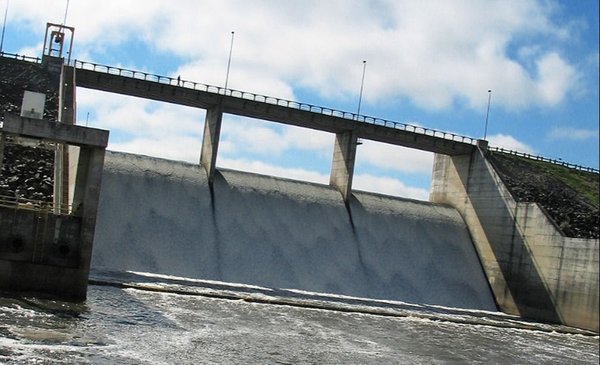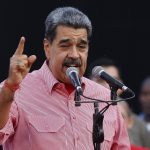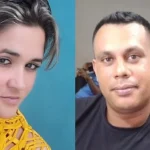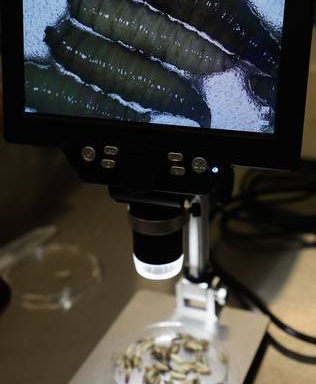The water has a percentage of chloride and sodium and until now this has not generated industrial problems. Industrial processes and formulas already took this aspect into account and the salinity that the water had could not, by itself, cause damage. But the scenario changed from OSE’s decision to take measures to deal with the drought. The company began to mix fresh water from the Paso Severino reservoir with another from the lower section of the Santa Lucía River –with higher salinity levels due to its proximity to the Río de la Plata-. This caused an increase in salt in the drinking water.
The first rebound was in consumption. A different taste began to be felt in the water due to this increase and people chose to massively consume bottled water. The result was thatpackaging companies broke their stocks and the shortage began to be noticed in the gondolas of sales premises. But the other rebound, less known at a general level, was in industries that use water for their production processes.
One of the sectors that use it is food. And in that sector they have already begun to take measures.
The Food Industry Chamber (Ciali) has as technical advisor the chemistry Maria Hansz.
in dialogue with The Observer He indicated that the issue of increased water salinity has not yet been addressed in the union’s directive and therefore there is no global position. But as a consultant, she received specific inquiries from companies associated with Ciali. She commented that The Ministry of Public Health (MSP) has sent inquiries to company technicians to find out what type of water they use in their processes and the salinity levels it has.
Ines Guimaraens
Some companies decided to buy reverse osmosis equipment, a process by which water is desalinated. Having such equipment was not essential in the food industry. “OSE water always had chloride and sodium levels; now has a little more. Companies that had products sensitive to that used reverse osmosis. But if they weren’t sensitive, it wasn’t necessary,” Hansz explained.
In that industry, other questions also arose. “There were specific partners (of Ciali) who asked what happens with products that do not have excess sodium, but due to the use of water with more sodium they could reach excess levels,” he said.
“The industry is working so that this does not happen, but they are last-minute jobs that are being done,” he said. In those cases, companies are modifying their formulas so that excess sodium is not produced.
“As the days go by, more points are found to control. Any productive process, even if it is not food, can have a consequence due to this change in the amount of salinization in the water.”, he exposed.
other industries
In other industries, the water situation is also closely monitored. Chemical engineer Guillermo Ponssecretary of the Chamber of Industries (CIU) and commercial manager of Efice, told The Observer than OSE water with more salinity and dissolved solids can cause damage to steam boilers.
He reported that many industries with intensive water consumption opt for well water. “It depends on which destination the product being manufactured is going to. There are products that are being manufactured with OSE water and since the saline content and dissolved solids have increased, well water is being preferred, because if you cannot get out of the required specification, ”he indicated.
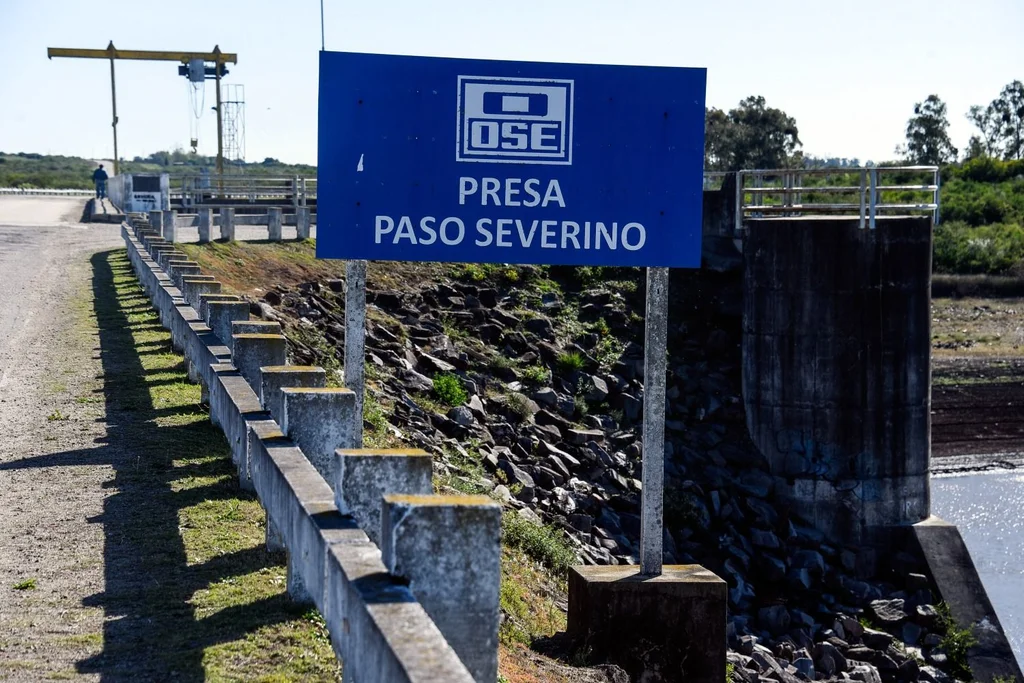
Ines Guimaraens
But there were also problems with the well water. The drought caused the wells to dry up and have a lower volume of water than usual where solid waste is concentrated. “Companies that use water on a massive scale are getting complicated. With this change it has to be reformulated”held.
Pons explained that Efice should not have done it, but it did have to choose which chemical products to manufacture. The company is basically managed with well water, but between December and January it had to supplement with OSE water that came from the plant located in San José. He mentioned that there were no salinity problems at that plant, but it still had complications.
“San José was one of the departments with the most drought problems and we had problems with the volume, with the availability of water”, said. “In February and March we had to make a choice: this week I manufacture more of this product and less of the other, and the following week I change. We had to do it because we didn’t have enough water to make everything we needed, ”he assured.
reverse osmosis
The reverse osmosis process is the best known for desalinating water. Pons said that a country that is already an expert in reverse osmosis is Israel. The country has very little fresh water, which it basically takes from the Jordan River. Due to this scarcity, Israel resorts to salt water from the Mediterranean Sea. “He desalinates it with gigantic plants and uses it for the entire population, as drinking water,” he recounted. The process inside the plant is carried out with a membrane that retains the salts. “It is the most typical desalination process,” Pons said.
